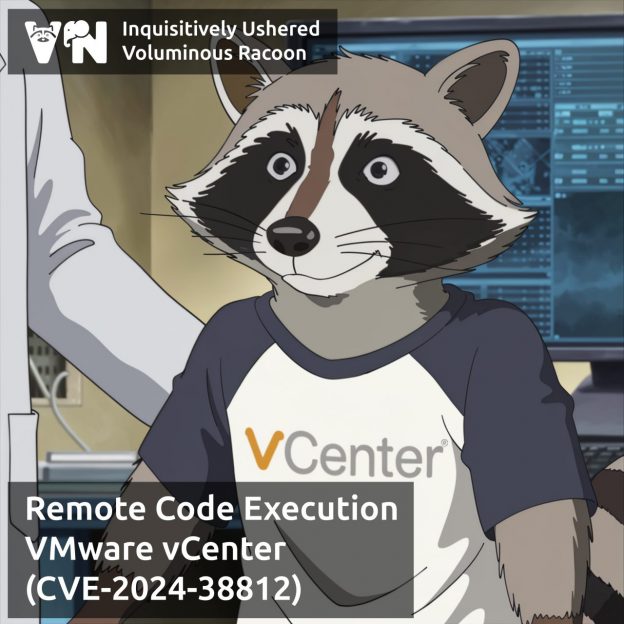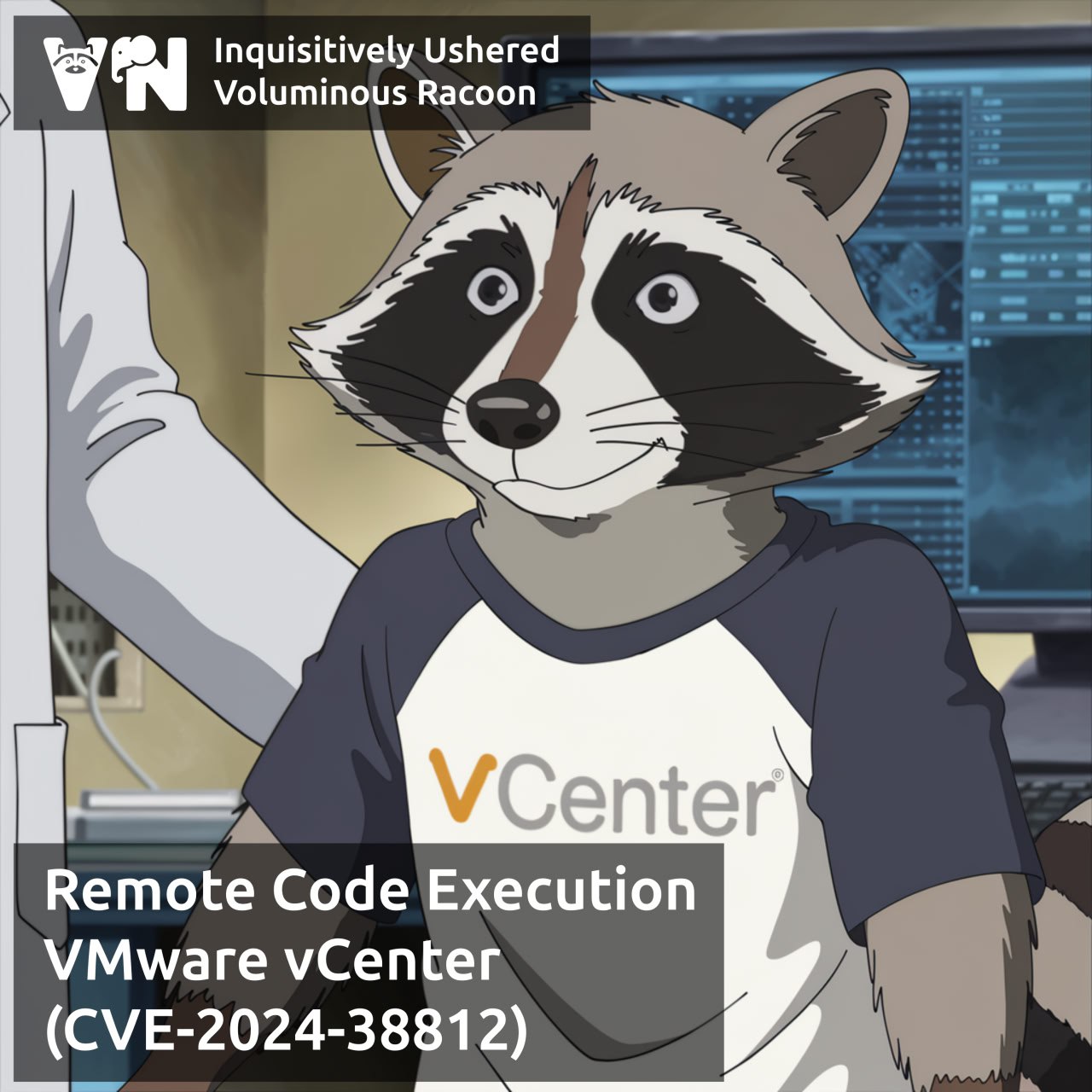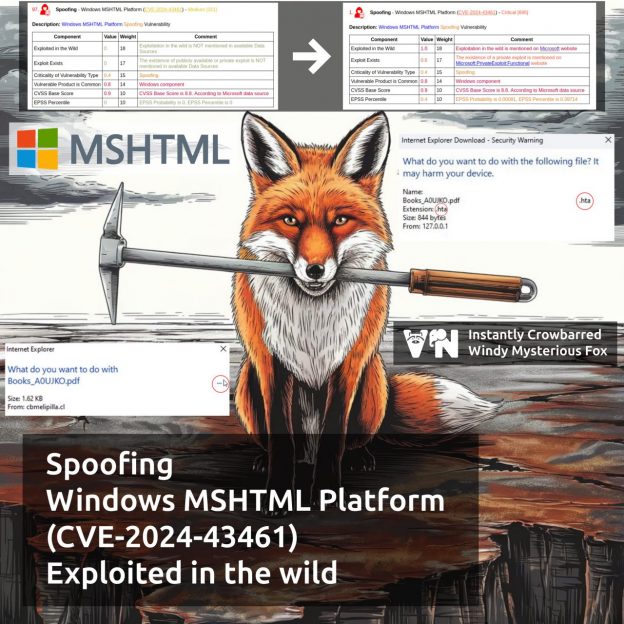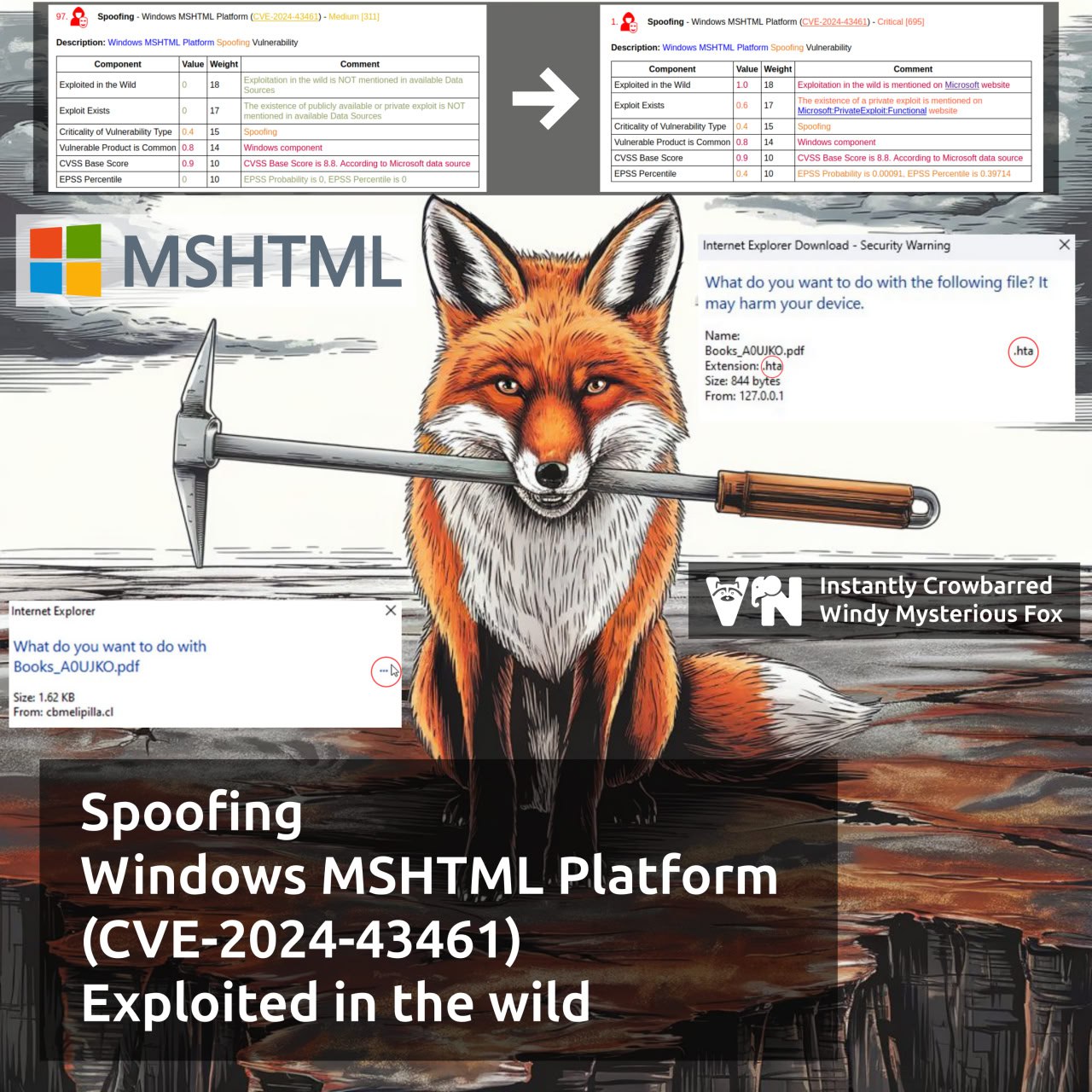
About Remote Code Execution – Veeam Backup & Replication (CVE-2024-40711) vulnerability. The bulletin was released on September 4. The vulnerability description states that it is caused by deserialization of untrusted data with a malicious payload. The vulnerability was discovered by a researcher from CODE WHITE.
Five days later, on September 9, researchers from another company, watchTowr Labs, posted a detailed write-up, exploit code, and a video demonstrating exploitation.
There are no signs of exploitation in the wild for this vulnerability yet. As with the June vulnerability in Veeam B&R (CVE-2024-29849). This does not mean that attackers do not exploit these vulnerabilities. It is possible that targeted attacks using these vulnerabilities have simply not yet been reliably confirmed. For example, CISA KEV contains Veeam B&R vulnerabilities from 2022, which were added to the list only in 2023. 😉
Update in advance!











